Healthy roots are the foundation of every thriving plant. Whether you’re growing vegetables, flowers, shrubs, or trees, the success of your garden begins underground where roots anchor the plant, absorb water and nutrients, and support vigorous growth. Unfortunately, many gardeners overlook root health and focus only on what they see above the soil.
In this comprehensive guide, we will explore the most effective planting techniques for healthy root development, why root health matters, the mistakes to avoid, and how you can ensure your plants stay strong from the ground up.

Why Root Development Matters
Roots are not just supportive structures, they are the lifeline of your plants. Strong roots:
- Improve nutrient absorption
- Increase drought tolerance
- Support faster and healthier growth
- Reduce the risk of transplant shock
- Help plants resist pests and diseases
When roots are weak, everything above the soil suffers yellowing leaves, poor flowering, slow growth, and plant death.
1. Choose the Right Soil for Root Growth
Soil is the roots’ environment, so its quality matters more than any fertilizer.
1.1 Use Well-Drained Soil
Roots need both air and moisture. If soil is too compacted or waterlogged, roots suffocate.
Ideal soil mix for most plants:
- 40% garden soil
- 30% compost
- 20% coco peat or peat moss
- 10% perlite or sand for aeration
This blend allows roots to move freely and absorb nutrients effectively.
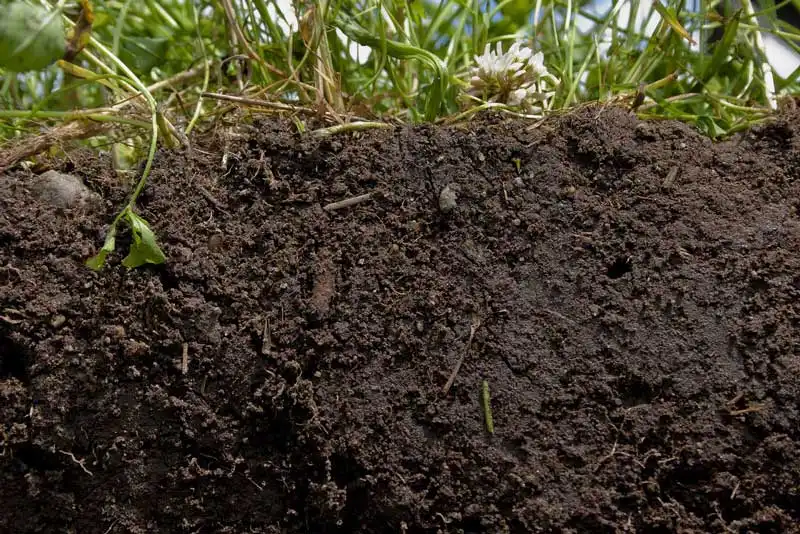
1.2 Add Organic Matter
Compost, leaf mold, and aged manure improve:
- Soil texture
- Microbial activity
- Water retention
Healthy soil equals healthier roots.
2. Prepare the Planting Area Properly
2.1 Remove Weeds and Debris
Roots compete with weeds for nutrients, so clean the area first.
2.2 Loosen the Soil
Dig at least:
- 6–8 inches for flowers and vegetables
- 12–18 inches for shrubs
- 24+ inches for trees
Looser soil means easier root expansion.
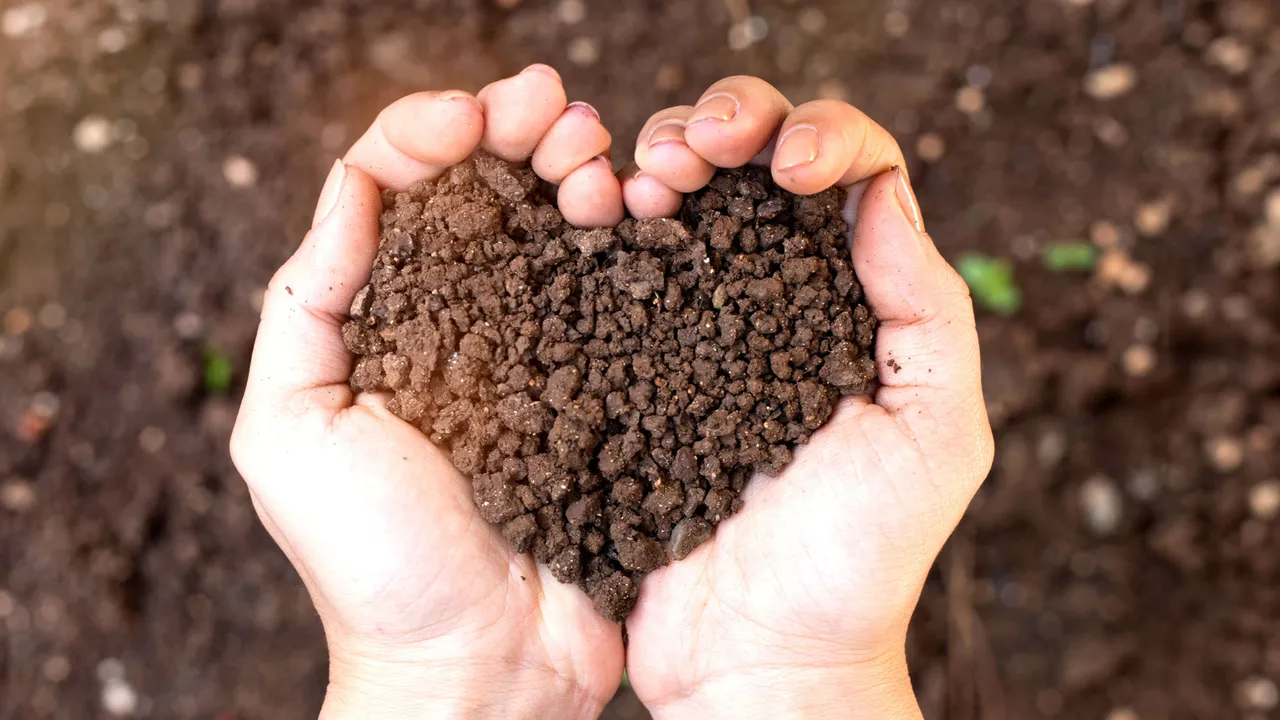
3. Plant at the Correct Depth
Depth is a critical factor many gardeners get wrong.
3.1 Too Deep? Roots Suffocate.
Golden rule: Plant at the same level the plant was growing in its original pot.
For trees, ensure the root flare (where trunk meets roots) remains slightly above soil surface.
4. Avoid Root Bound Problems
When plants stay too long in pots, roots circle around, causing poor growth.
What to do:
- Gently loosen circling roots with fingers
- Trim overly tangled roots
- Spread them outward when planting
This encourages fresh, outward root development.
5. Water Correctly for Strong Root Systems
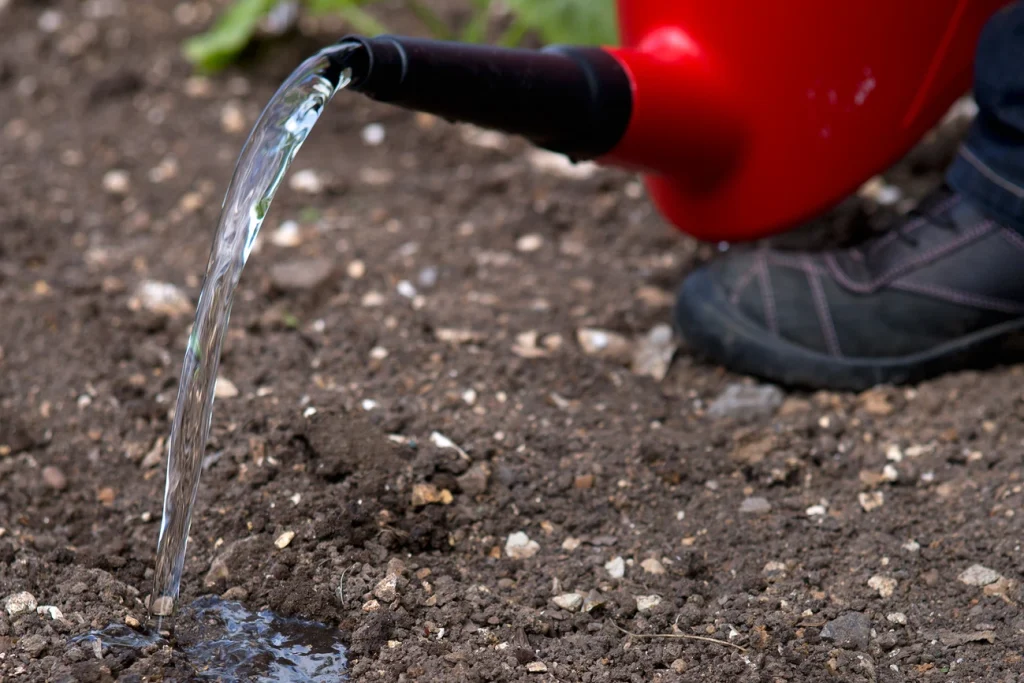
Watering is key, but many gardeners misunderstand it.
5.1 Deep Watering
Water should reach 6–12 inches deep to encourage roots to grow downward.
5.2 Avoid Frequent Shallow Watering
This leads to weak, surface-level roots.
5.3 Best Method
Use:
- Drip irrigation
- Soaker hoses
- Slow watering cans
These allow water to penetrate deeply.
6. Use Root-Boosting Fertilizers
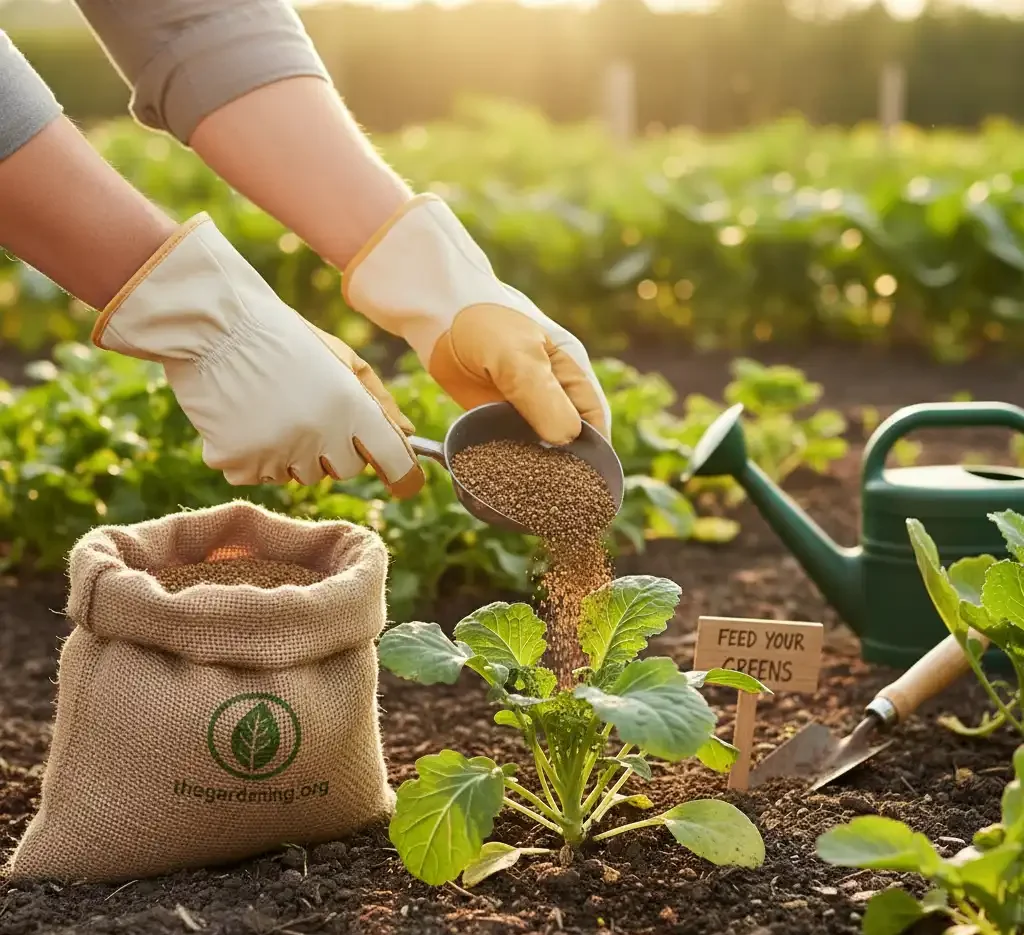
Roots don’t just need nitrogen; they need phosphorus and potassium.
6.1 Best Fertilizers for Roots
- Bone meal
- Rock phosphate
- Seaweed extract
- Humic acid
These promote stronger root systems without burning the plant.
7. Mulch to Protect Roots
Mulch plays a major role in creating stable conditions for root growth.
Benefits of Mulching:
- Maintains soil moisture
- Prevents erosion
- Keeps soil temperature stable
- Adds organic matter as it decomposes

Use 2–3 inches of mulch, but keep it away from the stem to prevent rot.
8. Proper Spacing for Root Expansion
Overcrowded plants fight for:
- Water
- Nutrients
- Light
- Space
Follow spacing guidelines on seed packets or plant tags. Root overcrowding slows growth and encourages disease.
9. Provide Structural Support When Needed
When plants are staked correctly, roots grow stronger instead of being stressed.
Avoid tying plants too tightly, this can damage stems and restrict root support.
10. Reduce Transplant Shock
Healthy root development is impossible if the plant is stressed after moving.
Tips to reduce shock:
- Use root stimulator or seaweed solution
- Water thoroughly before and after planting
- Transplant during cooler hours (evening or morning)
- Avoid disturbing roots too much
Troubleshooting Table for Poor Root Development
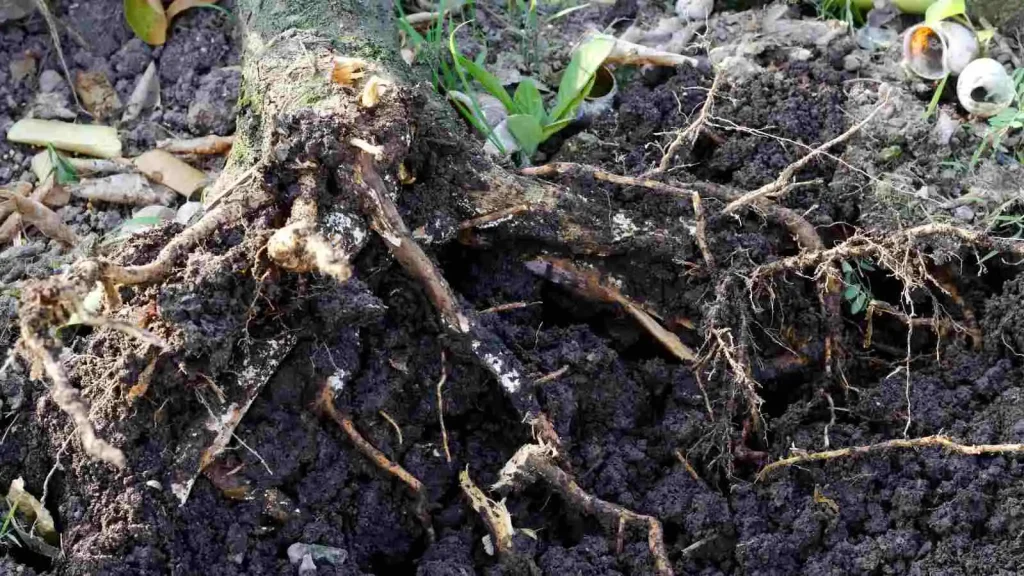
| Problem | Symptoms | Cause | Solution |
|---|---|---|---|
| Root rot | Wilting, yellow leaves, mushy roots | Overwatering, poor drainage | Improve soil drainage, water less, use fungicide |
| Slow growth | Stunted plant, small leaves | Nutrient deficiency | Add phosphorus-rich fertilizer, compost |
| Root bound | Roots circling pot, dry soil | Plant kept too long in pot | Repot, loosen roots, prune root ball |
| Shallow roots | Plant falls over easily | Frequent light watering | Switch to deep watering once or twice weekly |
| Compacted soil | Hard soil, poor infiltration | Heavy clay soil | Add organic matter, perlite, or sand |
| Transplant shock | Drooping, leaf drop | Rough handling, heat | Transplant during cool hours, water well, use seaweed extract |
| Pest damage | Holes in roots, weak plant | Grubs, nematodes | Use neem, beneficial nematodes, rotate crops |
| pH imbalance | Nutrient lockout | Soil too acidic or alkaline | Test soil and adjust using lime or sulfur |
Final Thoughts
Healthy roots are the foundation of strong, productive plants. By using the right planting techniques, proper soil preparation, correct watering, adequate spacing, and the right nutrients, you set your garden up for long-term success. Whether you’re growing vegetables, flowers, or trees, focusing on root development ensures your plants stay lush, resilient, and vigorous year-round.



